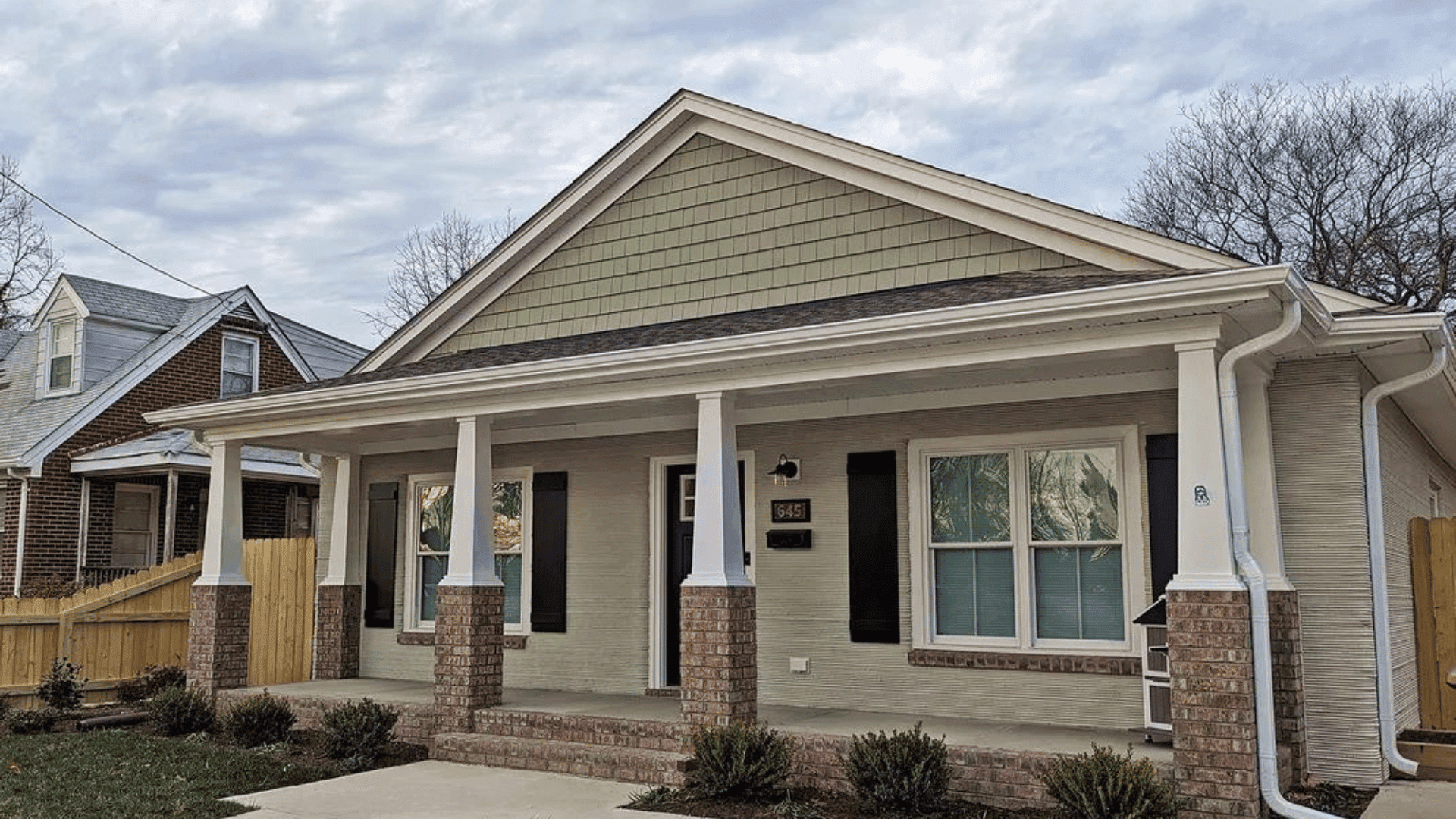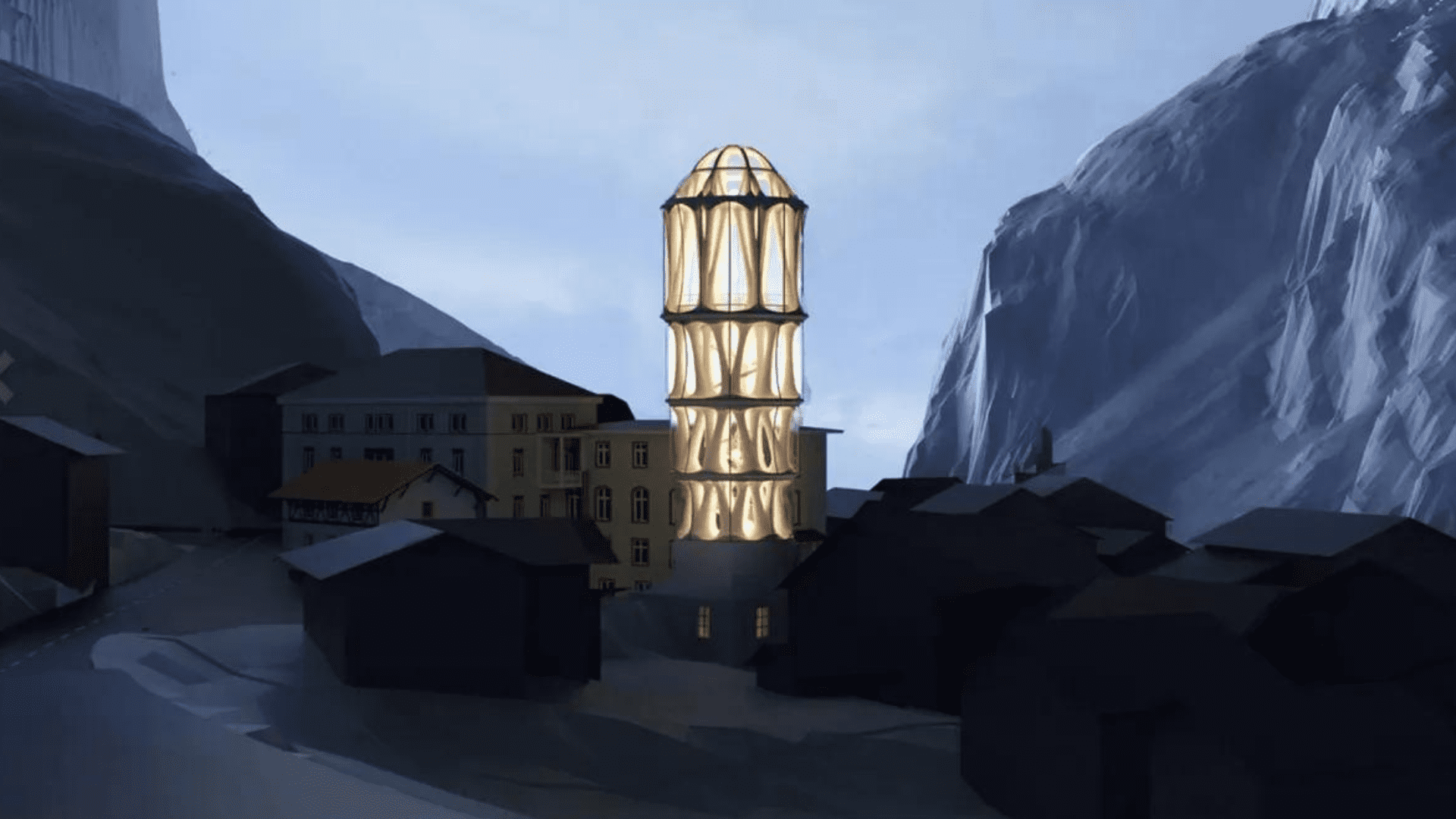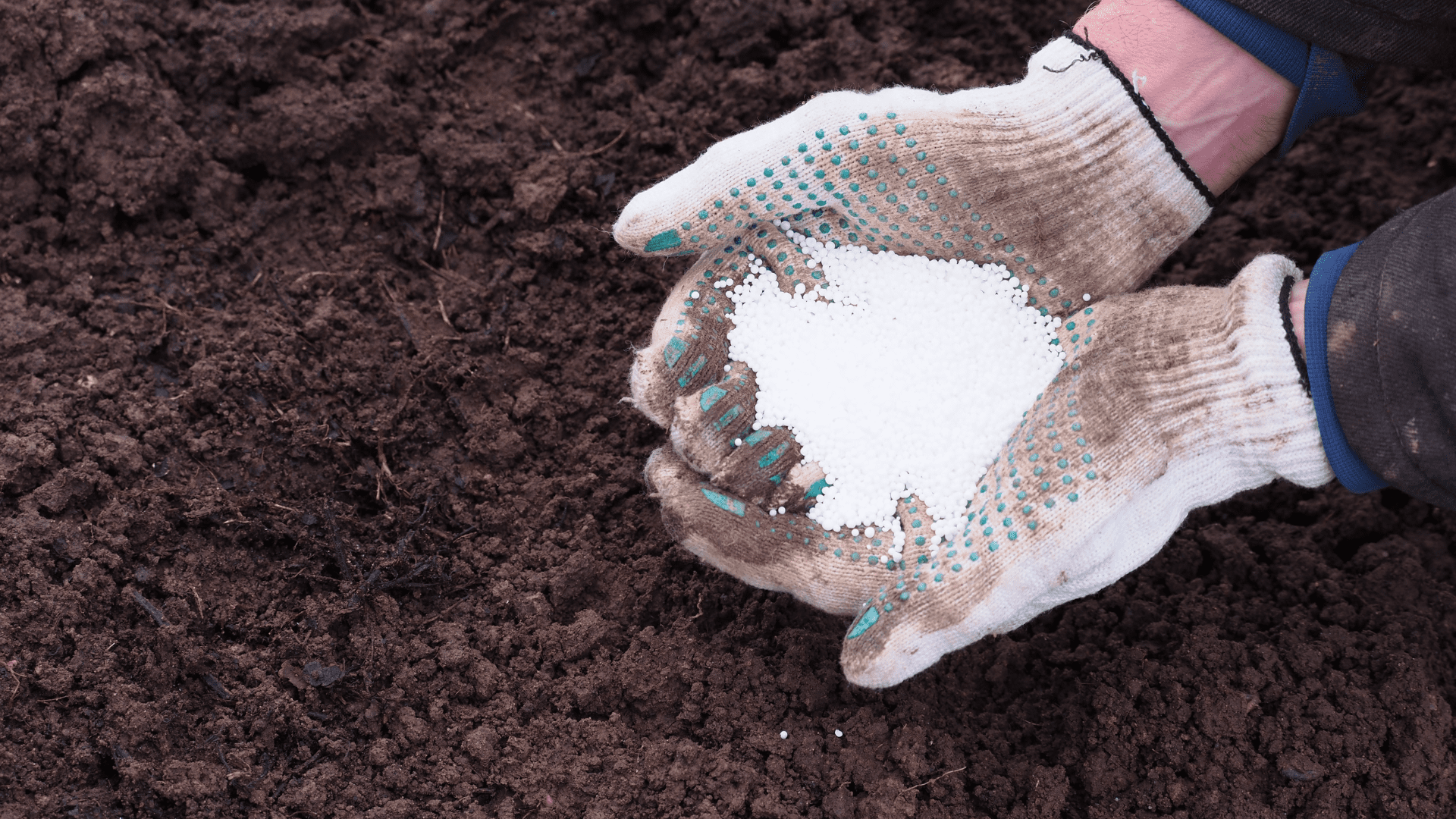In Tauranga, New Zealand, a new structure combines sports, innovation, and construction. City authorities revealed a new skatepark called Destination Skatepark, which includes the world’s largest 3D-printed skate sculpture, “The Wave.”
3D-Printed “Wave”
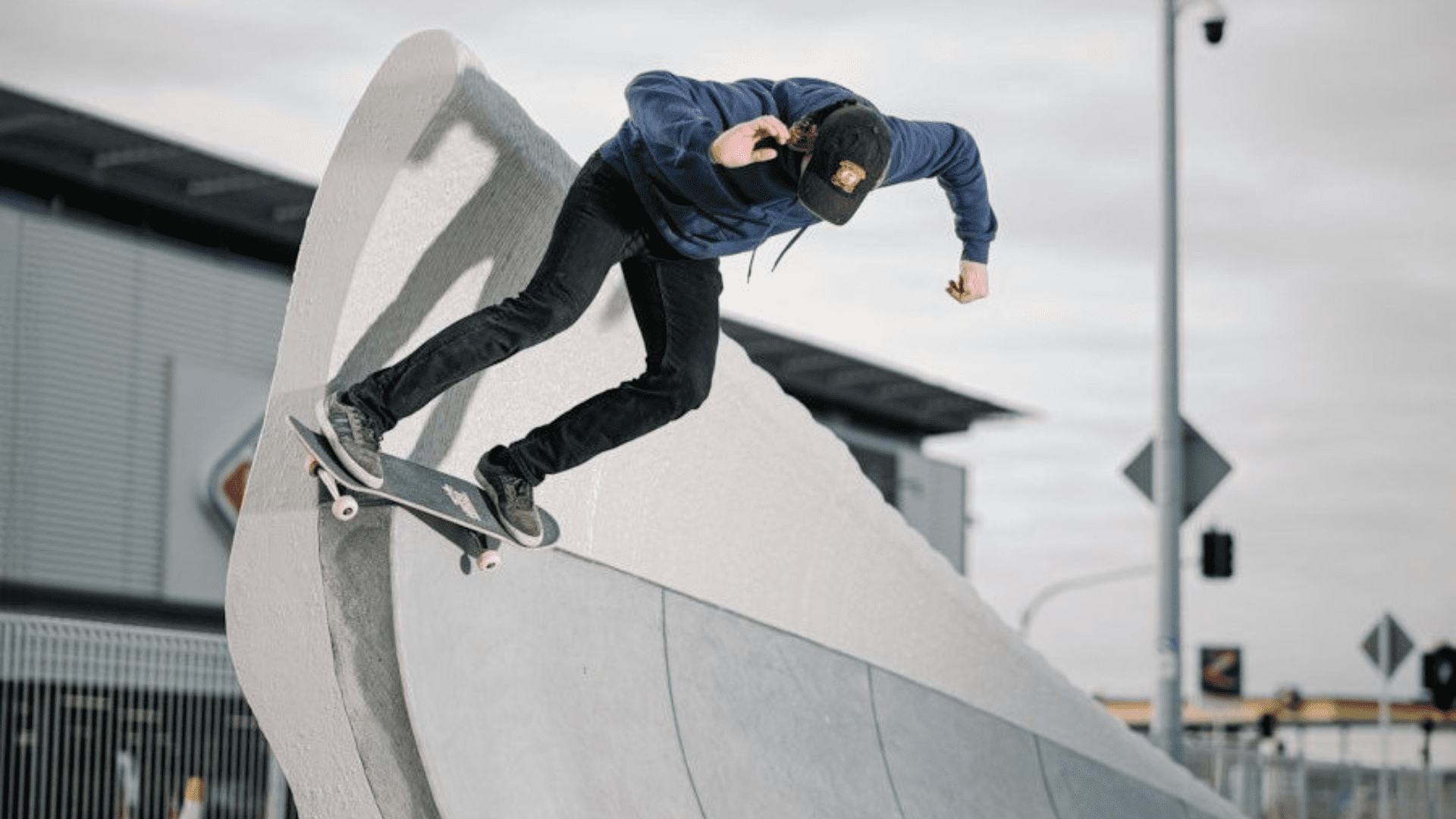
The construction of the 3D-printed skate sculpture is a milestone in additive manufacturing in public spaces. Peter Fraser is the council’s design lead. He said, “There are only a handful of 3D-printed skateparks worldwide, and none match the scale, variety, and intricate designs of our new recreational space.”
The park’s centerpiece is the Wave because it is the largest skate structure ever 3D-printed. But, the whole park features 3D-printed structures like quarter pipes, ledges, and supports. Thanks to a mobile 3D concrete printer, the project came to fruition. The CyBe RC (Robot Crawler) is maneuverable, and it allows them to print on-site, regardless of the terrain.
Explore Tomorrow's World from your inbox
Get the latest science, technology, and sustainability content delivered to your inbox.
I understand that by providing my email address, I agree to receive emails from Tomorrow's World Today. I understand that I may opt out of receiving such communications at any time.
A Community Design
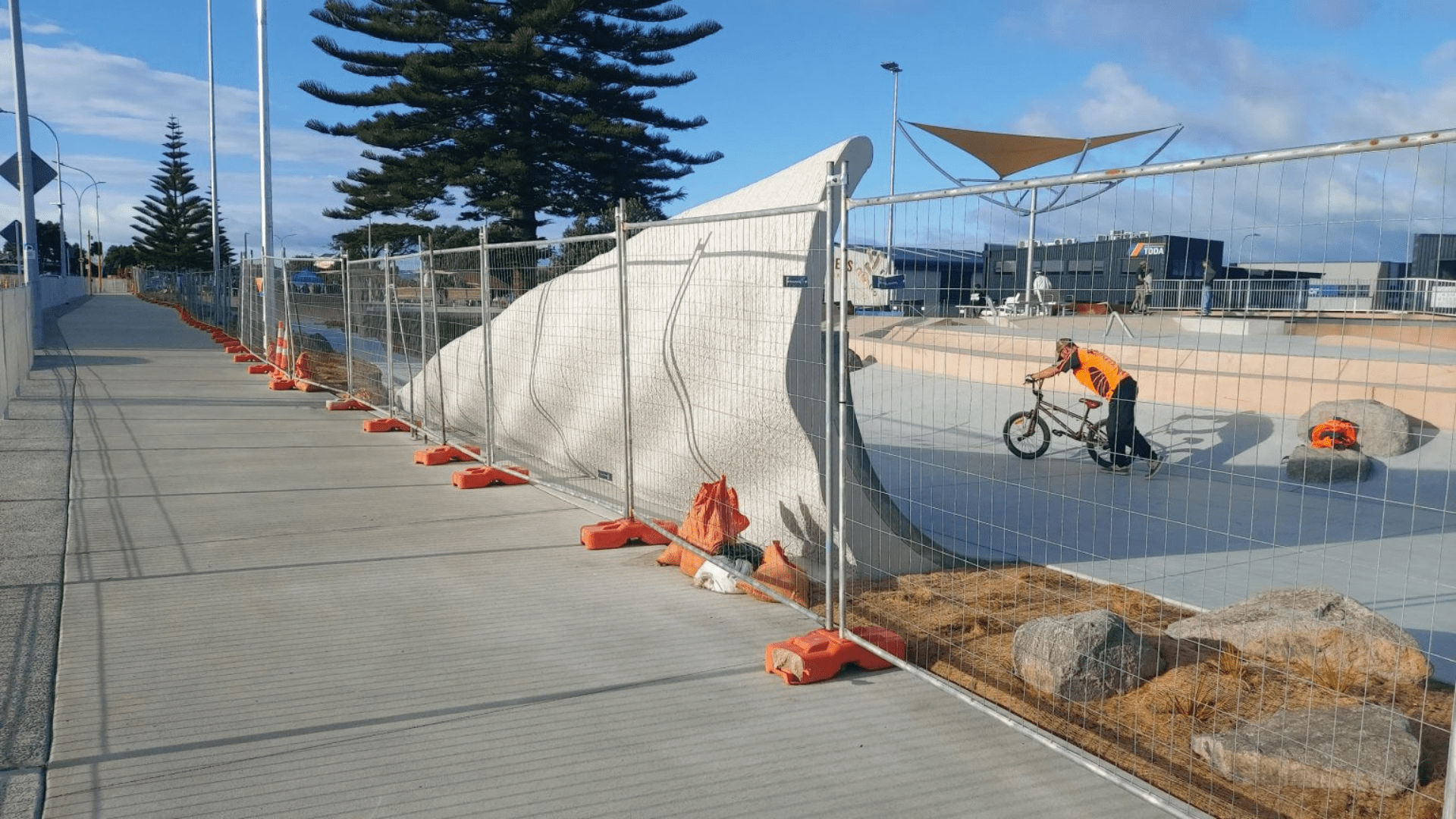
Destination Skatepark is more than a milestone in modern construction. The design is also noteworthy for its community-centric approach to the design. Local skaters and community members played a big role in the park’s design and layout before specialists refined the final designs.
3D-printing this park was more feasible than traditional construction methods. There is a good chance the skatepark may not exist without the 3D-printing capabilities. “This park was made with the community in mind,” Fraser said. “Input from local skaters ensured that we created a space that truly meets their needs and pushes the boundaries of what’s possible in skatepark design.”
Sustainable Design
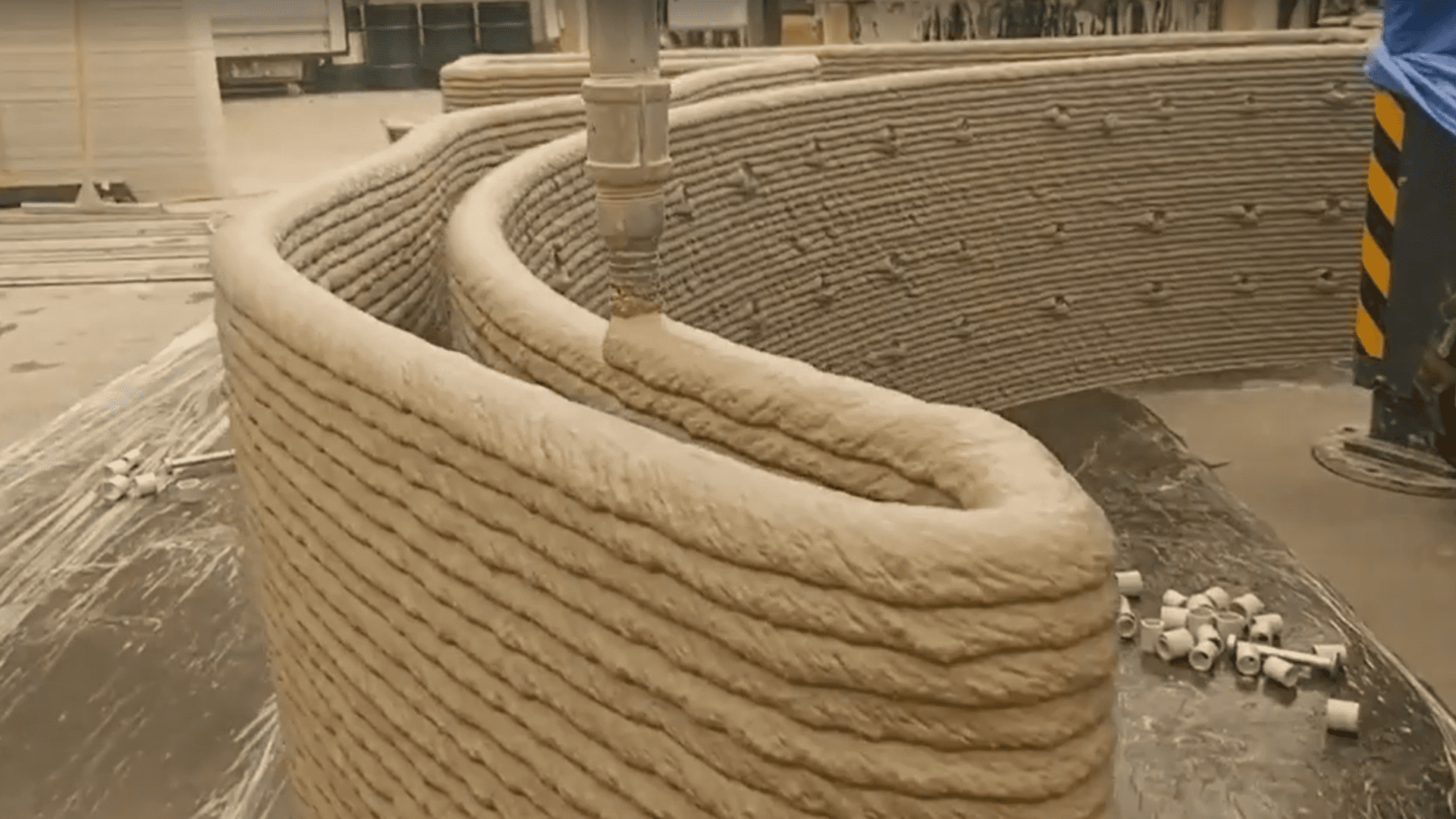
Destination Skatepark set a new standard at the height of environmental concerns. The concrete 3D-printing company QOROX deliberately chose materials that reduce the project’s carbon footprint. They combined their CyBe Power Pack concrete mixture with their proprietary Q-Ink mortar, allowing 80% of the mixture to be locally sourced. As a result, it reduces transportation-related emissions. Furthermore, the specialized mix brings an additional 30% reduction in carbon emissions compared to other concrete construction methods.
The new skatepark opens up doors for new construction methods. In addition, there is an opportunity for more 3D-printed structures in urban communities for recreational spaces or residential areas.



